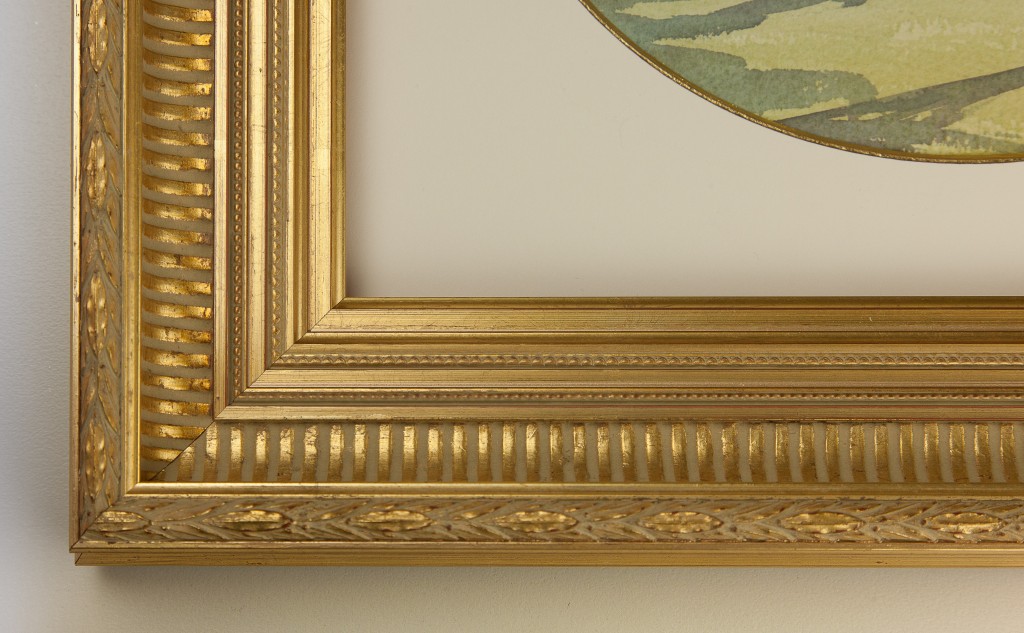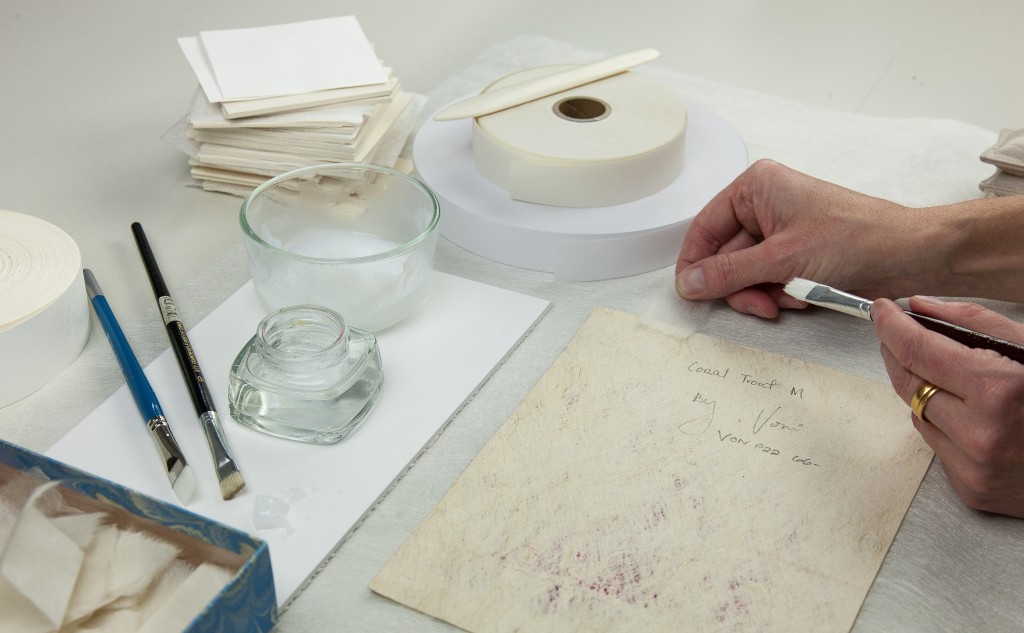Artworks come in all manner of conditions: while some of them are pristine, many are in need of attention if they are not to continue on the path to deterioration.
Where an artwork has been damaged or its integrity compromised by accident, poor treatment or adverse conditions, the damage should be rigorously assessed, the condition determined and reported on, and the optimal treatment defined.
SBCF works with a network of professional conservators specialising in a range of media from oil paintings to works on paper, photographs, textiles and ethnographic objects.
Genuine conservation is a highly-skilled, professional activity not an easy claim or label. Working with ‘tried-and-true’ experts is a hallmark of SBCF’s approach. One poor decision can ruin a loved object. Why risk it?
Conservation work proceeds in stages. There are typically four of them. The first step is a preliminary assessment, carried out on sighting the work at the initial SBCF consultation. The second occurs when the SBCF-selected conservator performs a detailed analysis of the issues involved and identifies possible remedial actions. The third takes the form of a quotation for the conservation work to be performed. Assuming approval of the quotation, the fourth step will then see the conservator attend to the work and produce a final report on its condition and the treatment carried out.
Results of conservation work will vary subject to the condition of the work and the problems that affect it. Best intentions and science aside, not all damage is reversible. On occasion, damage arrest and stabilisation is the best that can be achieved. On other occasions however, conservation will produce a refreshed, rejuvenated favourite artwork or artefact. Dealing with experts is critical to the outcome of conservation work – and the investment that is made in it.



